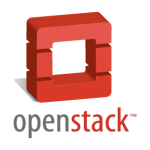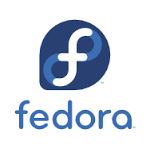MariaDB high CPU usage in OpenStack Pike

Testing OpenStack Pike after Packstack based deployment I realised MySQL daemon was utilizing 100% CPU resources without any specific reason, but I had never faced such problem before in previous OpenStack releases. The problem also has never appeared during my TripleO based OpenStack Pike deployments, so looks like it’s strictly Packstack related issue.
The situation heppened on few bare metal installations on pretty powerful servers. Restarting mariadb service was helpful just for the first few minutes after service restart, then the problem would happen again and again, what resulted in frequent Horizon Dashboard and Keystone inaccessibility and partial Controller unavailability.
Read More
